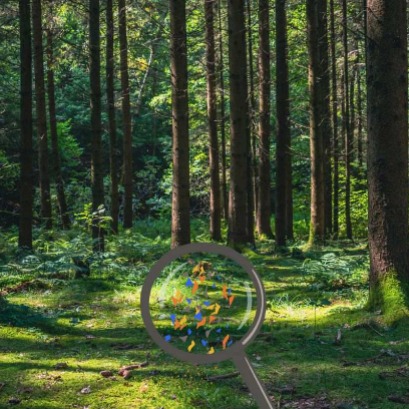
Kiri, un árbol mágico
La naturaleza nunca deja de sorprendernos con sus maravillosas creaciones
La naturaleza nunca deja de sorprendernos con sus maravillosas creaciones, por eso hoy te presentamos un árbol que es excepcional: la Paulownia Tomentosa, conocido como Kiri o Arbol Emperatriz, al que también podría bautizarse como “El Arbol Mágico”. ¿Por qué te decimos esto? El Kiri absorbe más dióxido de carbono que cualquier otro árbol, emite grandes cantidades de oxígeno, sus gruesas y profundas raíces salvan de la erosión los suelos, sobrevive al fuego (debido a su capacidad de regenera las raíces), vive hasta 100 años y retoña hasta 5 veces del mismo tronco. Además, tiene la velocidad de crecimiento más elevadas del Reino Vegetal: en un año crece cuatro metros y medio.

IT MAY INTEREST YOU
 The trees that best cool cities: keys to planting against urban heat
The trees that best cool cities: keys to planting against urban heat
Urban trees are not just an ornament: they are climate infrastructure. Some species cool more than others thanks to their shade and evapotranspiration. Researchers in Valencia identified which ones work best to reduce temperatures in urban environments and how their correct distribution can transform sweltering neighborhoods into liveable places.
 Conicet launches a portal to build houses with less environmental impact
Conicet launches a portal to build houses with less environmental impact
Casa Conicet is the new platform that brings together scientific developments in construction, energy and bioclimatic design, with solutions designed for more sustainable homes throughout the country.
 New German study discovers that forests store up to one million microplastics per square meter after decades of plastic rain
New German study discovers that forests store up to one million microplastics per square meter after decades of plastic rain
Researchers at the Technical University of Darmstadt discovered that forest floors contain large amounts of microplastics, which arrive mainly through air.





















